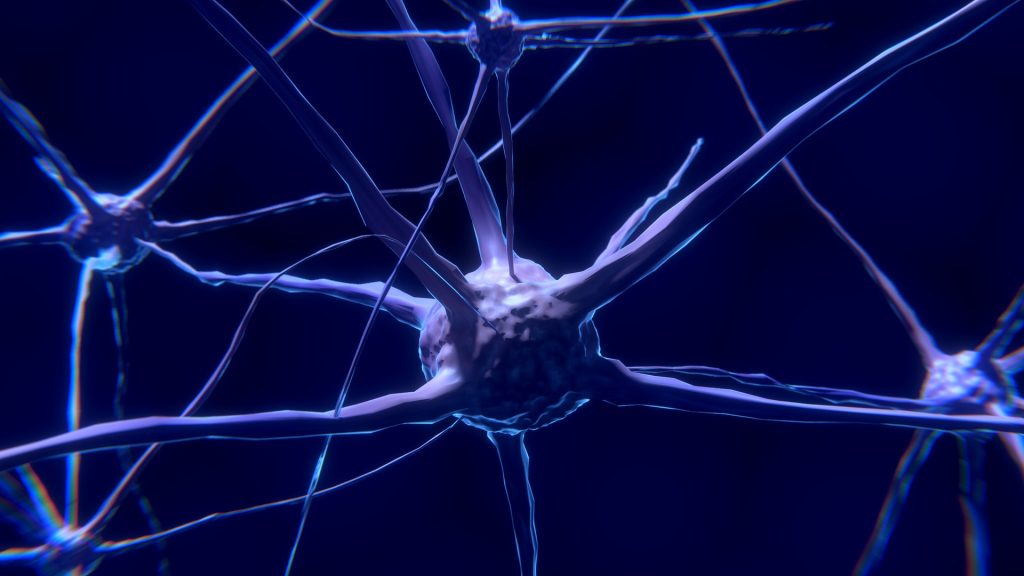Neural Connectivity can Predict Epilepsy Outcomes

Researchers have found that neuron connectivity patterns within brain regions can better indicate disease progression and treatment outcomes for people with brain disorders such as epilepsy.
Many brain diseases lead to cell death and the removal of connections within the brain. A team led by Dr Marcus Kaiser from the School of Medicine at the University of Nottingham looked at epilepsy patients undergoing surgery. Their findings were published in Human Brain Mapping.
They found that changes in the local network within brain regions can predict disease progression, and also whether surgery will be successful or not.
The team found that looking at connectivity within regions of the brain, showed superior results compared to only observing fibre tract connectivity between brain regions, which is the current method. Dividing the surface of the brain into 50 000 network nodes of comparable size, each brain region could be studied as a local network with 100-500 nodes. There were distinct changes seen in these local networks in patients suffering from epileptic seizures.
Employing diffusion tensor imaging, a special measurement protocol for MRI scanners, the team of scientists showed that fibres within and between brain regions are removed for patients.
However, they found that connectivity within regions better predicted whether surgical removal of brain tissue was successful in preventing future seizures.
Dr Kaiser, Professor of Neuroinformatics at the University of Nottingham, explained: “When someone has an epileptic seizure, it ‘spreads’ through the brain. We found that local network changes occurred for regions along the main spreading pathways for seizures. Importantly, regions far away from the starting point of the seizure, for example in the opposite brain hemisphere, were involved.
“This indicates that the increased brain activity during seizures leads to changes in a wide range of brain regions. Furthermore, the longer patients suffered, the more regions showed local changes and the more severe were these changes.”
The researchers from the involved universities, along with the company Biomax, evaluated the scans of 33 temporal lobe epilepsy patients and 36 control subjects.
Project partners used the NeuroXM™ knowledge management platform to develop a knowledge model for high-resolution connectivity with more than 50 000 cortical nodes and several millions of connections and corresponding automated processing pipelines accessible through Biomax’s neuroimaging product NICARA™.
Project manager Dr Markus Butz-Ostendorf from Biomax said: “Our software can be easily employed at hospitals and can also be combined with other kinds of data from genetics or from other imaging approaches such as PET, CT, or EEG.”
Professor Yanjiang Wang, who is one of the corresponding authors, and Ms Xue Chen, both from China University of Petroleum (East China), commented: “Local connectivity was not only better in overall predictions but particularly successful in identifying patients where surgery did not lead to any improvement, identifying 95% of such cases compared to 90% when used connectivity between regions”.
Source: University of Nottingham






